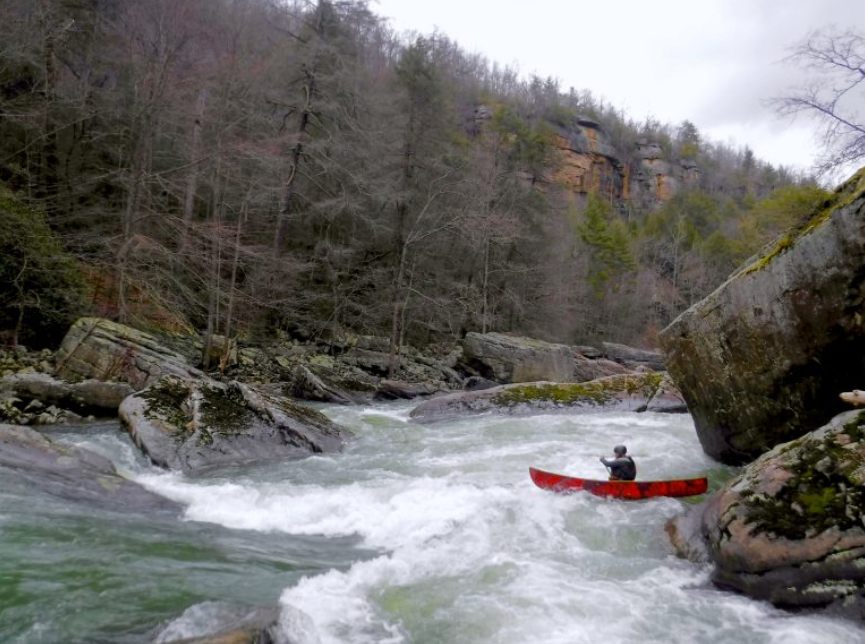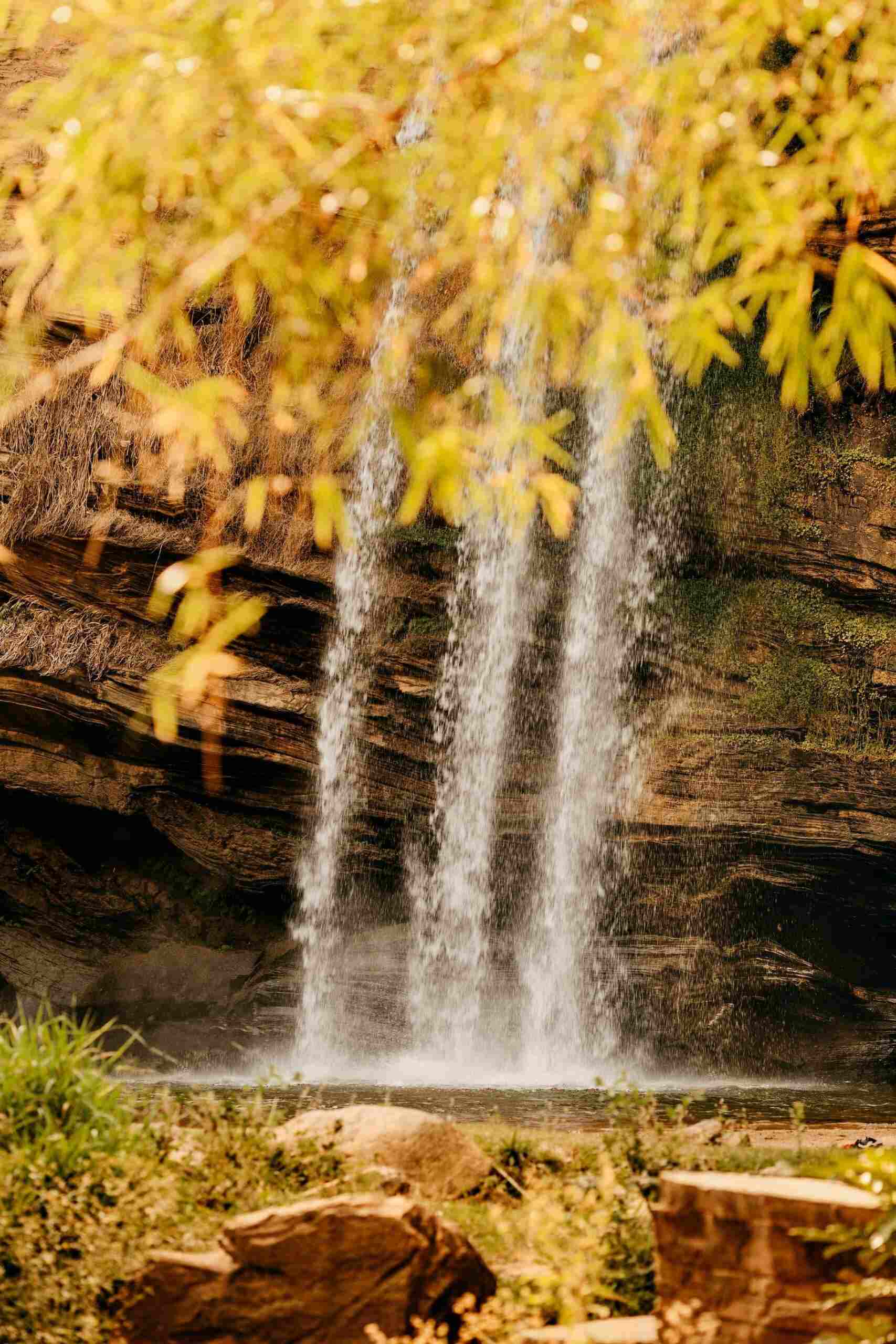
As an avid kayaker, I’m always excited to share new spots, especially ones for beginners and intermediates to hone their skills. That’s why I was overjoyed to discover a half-mile stretch of kayaking heaven in Spring City, Tennessee. This natural section of the Piney River is a beginner/intermediate paradise and has fantastic access from the Cumberland Trail State Park. Starting at the confluence of Piney River and Soak Creek, there are four rapids that offer up great variety and opportunity to refine one’s skills: everything from eddies, ferries, and attainment moves to multiple places to surf and a big pool to practice your roll. This section of the river is at its best when the flows are too low to run into Piney River proper or Soak Creek, making this a fun and manageable section, especially during winter and spring when flows are the lowest. This section of the Piney River is adjacent to the Piney River Management Area of the Cumberland State Scenic Trail. You can walk your boat about 75 yards through the park upstream to the confluence, paddle the four rapids, then get out on river right in the big pool and follow the trail back to the picnic area and your car. It’s that easy. Click here to read my full review posted on www.paddling.com of this great park and play option.






